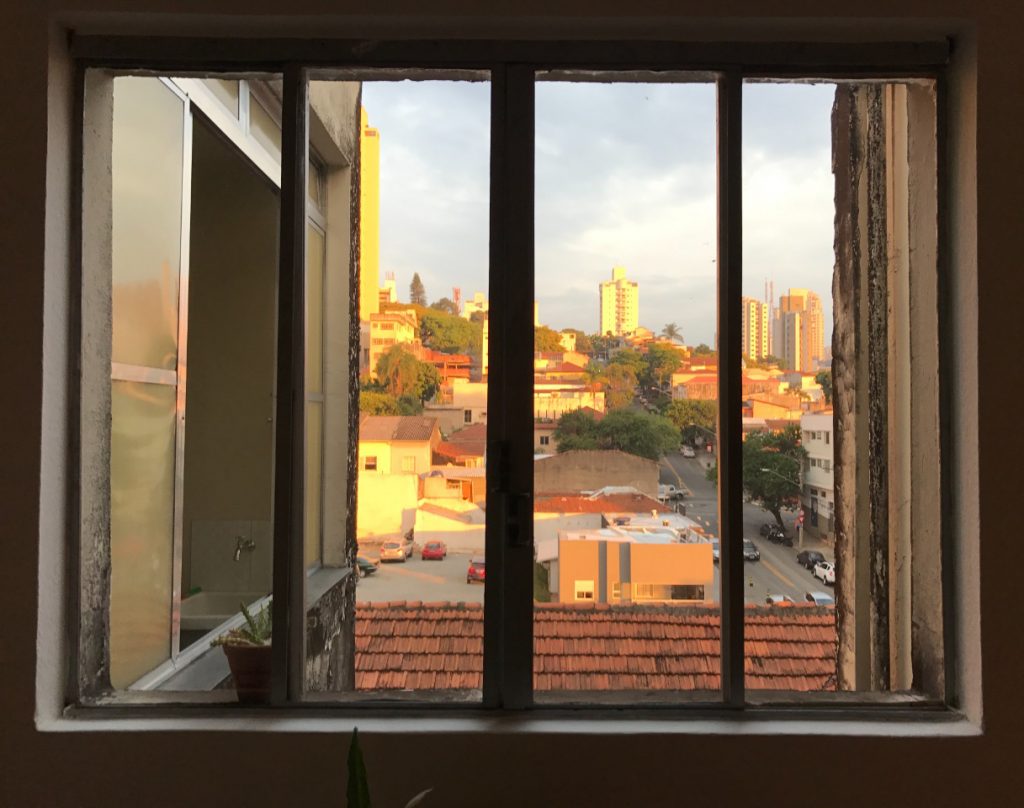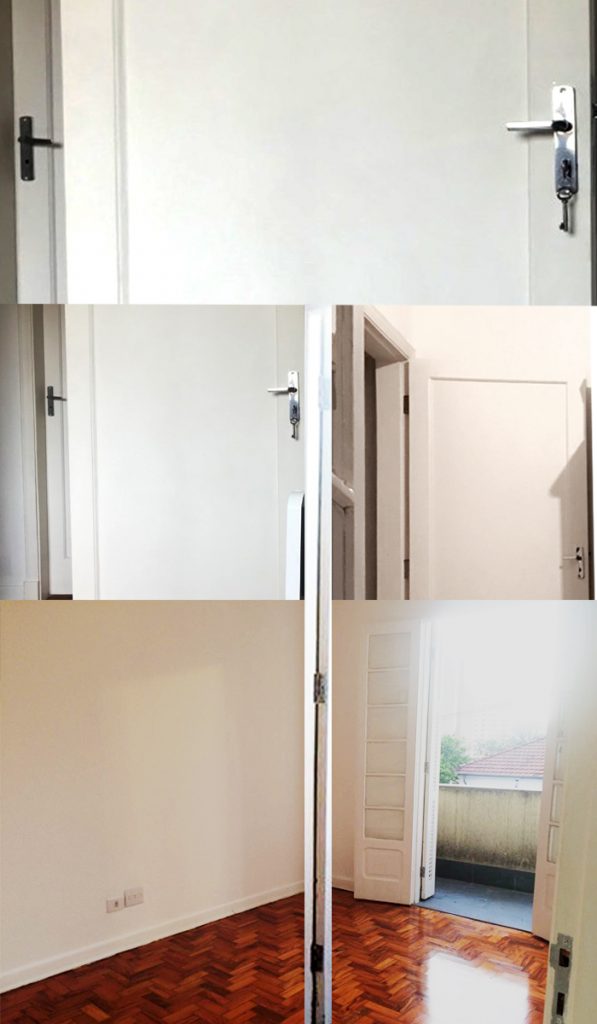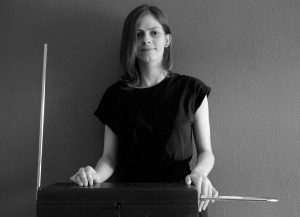JULIA TELES: A PLACE WITH SINGING HINGES
CODDIWOMPLE
SECRET CORNERS
Tales on favourite spots by our network of fem人le musicians
JULIA TELES
A PLACE WITH SINGING HINGES

In november 2017, I rented an apartment in a very calm and nice neighbourhood in São Paulo. It was very close to where my grandmother had lived when she was a child, so I have always enjoyed being around there.
I guess it has been my favorite apartment so far (and I’ve lived in more than 10 different places since I was born).
It was amazing, it had large doors and balconies in the bedrooms, so I could stay outside watching the street. The place had a great space for me and all my things, sound equipment, instruments, clothes, books, furniture, television. I was sharing it with a new friend, and enjoying it a lot.
The apartment, although located in a very quiet place, had an issue. The doors in the apartment were very squeaky, to the point that if my roommate went to her room or to the bathroom at night, I would wake up. Everytime I entered or left my room, the sound was there. Sometimes I enjoyed it, but since it was really loud, at times it was disturbing. The doors were always, always creaking. Sometimes the sounds were rough, granular, high-pitched, rhythmic, sometimes ascending or descending microtonal melodies, sometimes without a pitch, noisy, percussive. A variety of sounds.
The problem, obviously, was in the hinges. (Now a small pause, just to say that I just learned this word in English: hinge. I like that it sounds like an onomatopoeia, simulating the high frequency noises when we open a door or gate. In Portuguese, hinge is dobradiça, which means “fold”, or “foldable”. Another good word, in my opinion, for this object). The hinges were singing and apparently they wouldn’t stop on their own.
Having this ambiguous relationship with the hinge sounds, I decided to record them, and then kill them.
Inés Terra (my friend and my band mate in the duo Teia) had just brought a sound recorder from abroad for me, so the first recording I made with it was the sound of the hinges. I tried to explore them at many speeds and distances, playing with the doors and the recorder, although I didn’t know if I would use these sounds later – my first idea was to use it in some movie, since I was working as a sound editor (fun fact: the studio was right next door to me, located in this same building I was living in).
Having the sounds recorded, I bought some powdered graphite and applied it to the hinges, which suddenly became mute, as if dead.
A few years later, these recordings gave me the idea to make a composition in which Inés and I would sing/play along with it, trying to imitate the hinges in its voices and creaking expressions, its grains, creating new sounds inspired by them. So I edited a “tape” recording of these sounds, and we were supposed to play along with it. The name of this work is Aberturas, which means openings. The score said:

Start by listening to the audio file.
In a second moment, when you feel comfortable, start to imitate the sounds you heard and find possibilities in your instrument or voice for this type of sounds.
Create new possible sounds for this door.
Keep improvising when the audio ends.
Finish when you think it’s time to close for good.
I’m glad I didn’t mute the hinge voices for good, so that they can be heard again. More than that, the frozen recorded voice can interact with other voices from now on.
This piece was released in our debut album, Teia, in 2020, and can be heard here:

Julia Teles is a composer, sound designer and thereminist. Her works include composition, performance, improvisation, original soundtrack and audio post-production for movies and tv. She was part of NME, a group from Brazil which between 2011 and 2018 has produced several concerts and an online magazine (linda). In 2020, she released an album, “Teia”, in a duo with Inés Terra.
